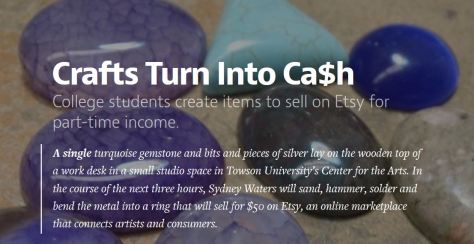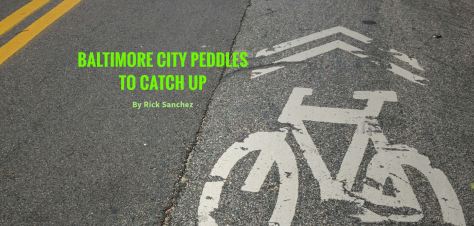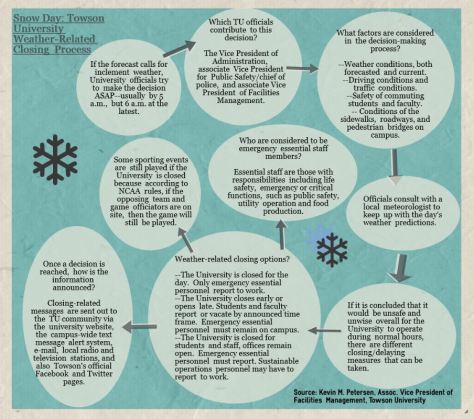FALL 2020

On the night of Dec. 31, 2019, people across the world waited eagerly for midnight to arrive. With it would come a new decade — and new hope. Yet as 2020 began, no one had any idea what was about to come.
In a matter of weeks and months, COVID-19 spread across the globe. Starting in March, shutdowns became commonplace throughout the United States. Events were cancelled. Social distancing became the norm. School and work went online. Mask wearing, for some, became a necessity in public spaces.
At first, these seemed like temporary measures taken to “flatten the curve,” or slow the spread of the virus. Yet COVID-19 didn’t go anywhere in the spring or summer. By fall, it was clear that the pandemic would be with us for some time.
That gave journalism students in the fall 2020 multimedia reporting capstone course at Towson University an obvious angle for final projects as undergraduates. They pitched COVID-19 stories and conducted listening sessions with people in the community. They paired up to research, report and produce multimedia stories on the pandemic. They reported not only on problems — and there were many — but also on solutions.
SPRING 2020

There’s no better place to observe the growing role of technology in our lives than on a college campus. Between classes, students walk past each other with AirPods in their ears and smartphones in their hands. They swipe through dating apps, scroll through social media, send texts to their parents and socialize through group chats.
And that’s just while they are in transit. In class, laptops are their lifelines. Professors, too, rely on technology — to teach, to communicate with students outside of class and (believe it or not) to have their own social lives.
This semester, students in Towson University’s Multimedia Reporting Capstone course teamed up to explore the role of technology in our lives.
It was a timely topic in January — and even more so come March. Just before spring break, the COVID-19 shutdown began. In a matter of days, the coronavirus pandemic disrupted campus life in every way possible. Events were cancelled. Classes went online. Social life, too. Capstone students, almost all of whom are second-semester seniors, faced an abrupt end to college life as they knew it. No saying goodbye to their friends in person. No senior banquets or graduation ceremonies. Instead, day after day of working from home.
Students reported capstone projects from their bedrooms. Doing journalism without face-to-face interaction posed a big challenge. But it also presented an opportunity to explore how technology had become even more central to our lives.
Working in groups, reporters produced multimedia stories in one of five categories: information/communication overload; online safety and privacy; distance learning and academic dishonesty; online dating; and technology in sports.
FALL 2019

Spend enough time around college students, flip through enough student newspapers, look deep enough on social media and it’s hard to avoid the topic of mental health. College students these days have a lot on their minds: paying tuition and eventually paying back student loans; affording food, housing and personal expenses; finding work in a fast-changing job market. There’s widespread uncertainty — perhaps even pessimism — not only about their own prospects but about the future of the country and planet.
Experts say colleges are facing a “mental health epidemic.” Record numbers of students are seeking treatment for anxiety and depression. They often report feeling overwhelmed by all they have to do. Colleges are grappling with whether to send students home when they have severe mental health problems or treat them on campus. Counseling centers are struggling to meet the demands of students.
Talking about mental health used to be taboo in many circles. No longer. On college campuses, students are quite vocal about the need to reduce the stigma around mental health. And they are increasingly advocating for themselves. As Brianna Anderson, a recent Towson University graduate, said, “Mental health is just as important as physical health. If your mind isn’t right, how can you expect to live life the way you want?”
Even within the last five years, there’s been a marked increase in not just college students but everyone speaking openly about their mental health struggles and seeking out information about anxiety, depression and related topics.
Against this backdrop, senior journalism students in Towson’s multimedia reporting capstone course started the fall 2019 semester with a common goal: to investigate mental heath in college. Hear about their projects in this video:
In groups of two or three, students pitched, reported and produced enterprise stories covering a range of mental health topics: dyslexia, sleep deprivation, working in college, food insecurity, social anxiety, mental health memes, students of color, bathrooms on campus and relationships.
SPRING 2019

Technological advances and cultural shifts are changing the way we work and learn. Journalism students at Towson University spent the spring 2019 semester addressing a common question: What is the future of work and higher education? Taking a solutions journalism approach, which emphasizes how people are responding to problems, students in Multimedia Reporting Capstone teamed up to pitch, research, report and produce enterprise stories.
Student projects — including multimedia news stories, videos, and podcasts — are featured on the Baltimore Watchdog news website. Their work is highlighted in a student-produced newsletter.

FALL 2018

Gamers. Juulers. Millennial farmers. DACA recipients. Professional athletes. These are some of the sources profiled in the capstone projects of 17 seniors at Towson University. Students spent the entire semester pitching, reporting, writing and producing their multimedia projects. In addition to finding a story that would appeal to a national audience, students were asked to write about potential solutions to the problems they identified through reporting — known as solutions journalism. View their stories below.


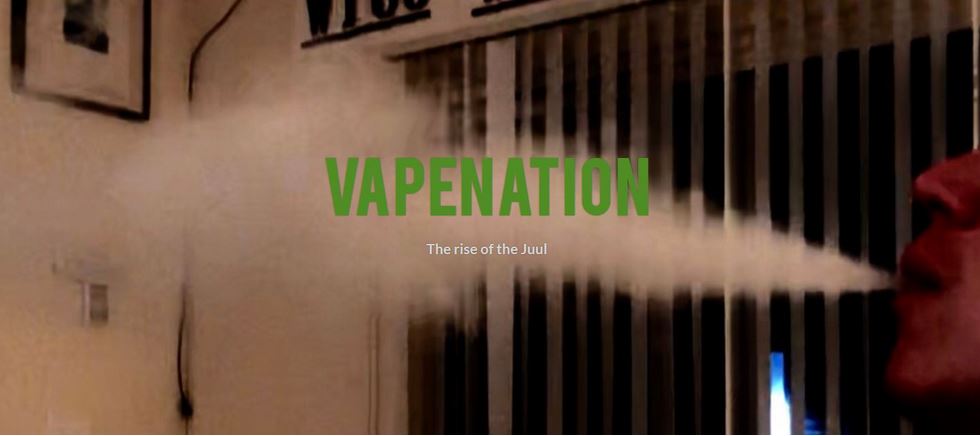




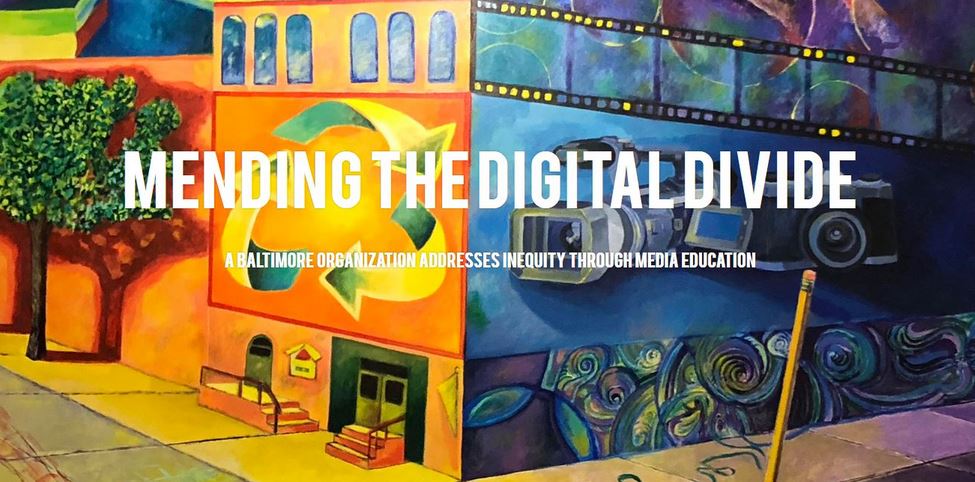
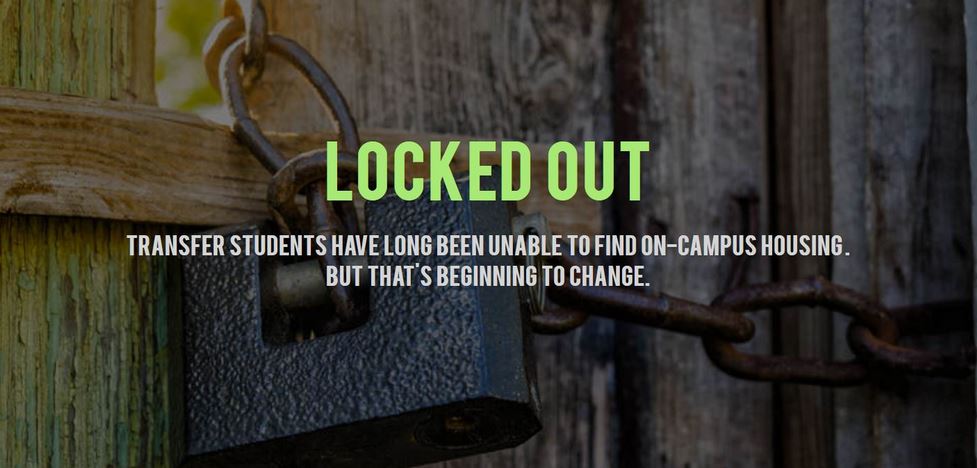

SPRING 2015
Pill poppers. Part-time professors. Etsy entrepreneurs. Controversial coaches. Students spent their final semester at Towson pitching, outlining, reporting, writing and editing 2,000-word capstone articles. They incorporated at least three multimedia elements (photos, audio, video, infographics, timelines, maps) and published their pieces on platforms such as Weebly, Fold, Medium, Creativist and StoryBuilder.
Check out the story voted as top capstone project:
The other nominees in that category:
And winners of best multimedia:
ASSIGNMENT: Incorporating Audio
For an audio reporting assignment, students attended Patrick Smith’s #TUjday presentation on March 4. They recorded natural sound, Smith’s talk and interviews with students. Their challenge: Produce standalone audio pieces using these elements but without relying on voice overs. I edited these clips to turn this story written by a student for the Baltimore Watchdog site into the multimedia piece posted below.
Don’t be afraid to fail, photojournalist tells TU students
By Erica Scripa

Photojournalist Patrick Smith told a room full of eager Towson University students Wednesday that they should never be afraid of failure as they pursue a career in journalism.
Speaking at the West Village Commons as part of the Department of Mass Communication’s fourth annual journalism day celebration, Smith said students should “keep pushing” even if they think their “work might suck.”
Smith, who graduated college in 2009, said that during his time at Towson he “lived, ate and breathed” The Towerlight, the school’s student newspaper.
He said his post-graduate internship at the Baltimore Sun was due in part to the work he did at the Towerlight as well as the help he received from a professor.
“They saw the passion in my eye and gave me a chance,” Smith said.
The internship spring boarded Smith into his freelance career before he eventually got a job at a newspaper in Utah.
“I knew I wasn’t gonna get ahead without taking a risk,” Smith said. “So I applied to all these papers in secret.”
Smith said he and his now wife moved to Salt Lake City. With no friends and no place to live, Smith said he dove headfirst and became immersed in a strange new community. He said he was faced with the challenge of finding one story a month completely on his own.
“I knocked on doors to find stories, and I had to learn to tell their stories for what they were giving me, not for what I wanted to show,” Smith said. “It felt awkward at times.”
Smith said he found that the key to a good story was finding something unique about his subjects. The first step, he said, was putting down his camera and getting to know the people he was about to photograph.
“You have to understand their values as a person,” Smith said. “A lot of the time your story changes after you sit down with them.”
Utah was a place where Smith was able to learn and be around passionate people who, while competitors, also became his friends. But at age 25, Smith said he had a painful setback when he needed back surgery and was out of work for six months.
Smith said he lost his job and, without a goodbye, his life in Utah was over.
“I channeled my negative energy into doing what I wanted to do,” Smith said.
In 2011, living back in Bel Air, he got a call from Getty Images. Smith said he remembered showing the editors his work from Utah, filled with photos of children and puppies, and feeling as if he was out of his league.
But to his surprise, Smith said, the editors loved his work and offered him a freelance position on the spot.
“From there it (his career) snowballed,” Smith said. “I could’ve never pictured to be where I am.”
Six years later and now a seasoned photojournalist, Smith covers teams like the Baltimore Ravens, Baltimore Orioles, Washington Nationals and Washington Redskins.
His passion for sports has left him with a few bruises, though, including one time when he was kicked in the chest by a football player while covering an NFL game.
“I would get run over everyday just to do what I do,” Smith said.
Smith attributed his successes to the people who gave back to him and the positive influences he had along the way. He advised students to be trusting, honest and foster relationships.
He urged students to invoke emotion and keep shooting pictures because a journalist never knows what moment he or she will capture.
“Learn from your mistakes and look back on your successes,” Smith said. “Sometimes the beauty of life doesn’t have to convey anything. It’s just fun to look at.”
__________________________________________________________________________
ASSIGNMENT: Data Visualization Exercise
Students analyzed this data about graduation rates at Towson University and determined what stories they wanted to tell.
Then, using Infogr.am, they had less than 30 minutes to visualize the data. Below are some of their infographics:
_________________________________________________________________
ASSIGNMENT: ExplainIt Towson
All semester long, students are explaining complex processes at Towson University using multimedia reporting tools. Below are students’ submissions.
How Towson pairs roommates:
How to find a roommate at Towson Place:
How Towson’s snow removal process works:
How Towson determines whether to cancel schools due to snow:
How Towson decides whether it’s a Coke or Pepsi campus:
How Towson’s tennis team recruits athletes:
How Towson determines bus routes:
http://audiopresentation.weebly.com/
_________________________________________________________________
ASSIGNMENT #4: ThingLink w/ Towson’s Campus Map
Graduating seniors used the program ThingLink to provide their tips to incoming Towson students — visualized on a campus map.
_________________________________________________________________
ASSIGNMENT: Mapping Our Class
We used Google Fusion tables to map where students in the class grew up — from Seattle to Spain.


